Yucca Filamentosa/Yucca Glauca and winter
glen3a
20 years ago
Related Stories
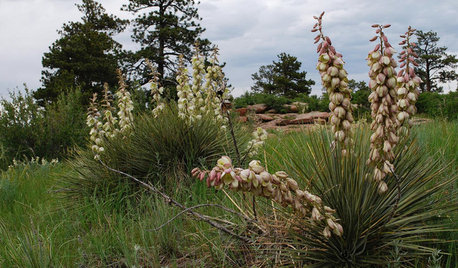
GARDENING GUIDESGreat Design Plant: Yucca Glauca
Soapweed yucca's pale green leaves brighten the winter garden and add sculptural interest year-round
Full Story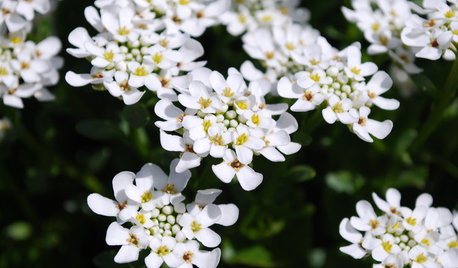
GROUND COVERSGreat Design Plant: Evergreen Candytuft for Glossy Winter Foliage
Keep your garden green through frosty days with this woody subshrub — then delight in sparkling white flowers come spring
Full Story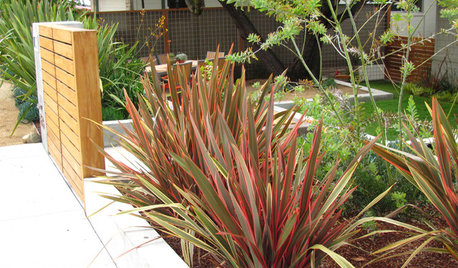
RED FOLIAGEGreat Design Plant: New Zealand Flax
A commanding presence, year-round foliage and a hardy nature make flax a winner in the landscape even in fall and winter
Full Story
GARDENING GUIDESOh, Deer! 10 Native Flowers That Stand Up to the Herds
Keeping a garden amid hungry deer can be hard, but these plants should fare well
Full Story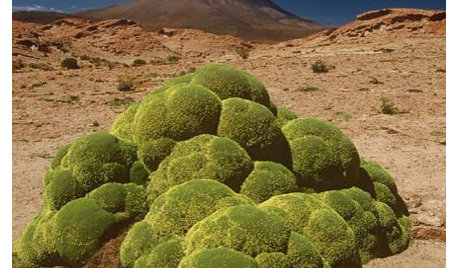
LANDSCAPE DESIGNLet Nature Inspire Your Landscape: Devise a Desert Garden
Looking for the ultimate low-maintenance plant picks? Nature is way ahead of you
Full Story
LAWN ALTERNATIVESStop Fighting the Patchy Lawn!
Here are 3 situations where a garden may be a better idea than more turfgrass
Full Story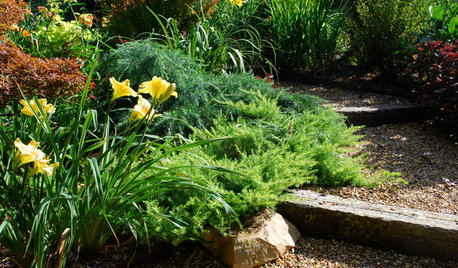
GARDENING GUIDESGreat Design Plant: Juniperus Conferta ‘Golden Pacific’
‘Golden Pacific’ shore juniper shines in sun or partial shade
Full Story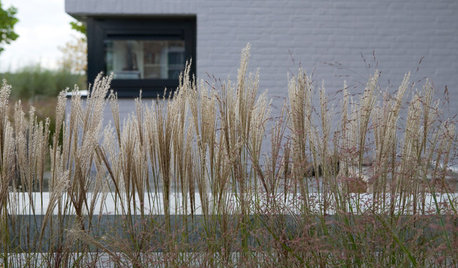
LANDSCAPE DESIGNConsider a Plant as Living Sculpture
If traditional garden art isn’t really your thing, plant living art instead
Full Story





abgardeneer
greenstar
Related Professionals
Chattanooga Landscape Architects & Landscape Designers · Ilchester Landscape Architects & Landscape Designers · Leawood Landscape Architects & Landscape Designers · Willowick Landscape Architects & Landscape Designers · Bethlehem Landscape Contractors · Cockeysville Landscape Contractors · Concord Landscape Contractors · Downey Landscape Contractors · Kailua Landscape Contractors · New Cassel Landscape Contractors · North Canton Landscape Contractors · Pahrump Landscape Contractors · Pine Hills Landscape Contractors · Hawaiian Gardens Landscape Contractors · San Pablo Landscape ContractorsGreenthumb
kerstin_swe
glen3aOriginal Author
FrozeBudd_z3/4
glen3aOriginal Author
bonsai_audge
WPalm033
FrozeBudd_z3/4
andreas_swe
glen3aOriginal Author
ahartlag
glen3aOriginal Author
cpm725
tiresunltd_netzero_com